The cliff-ringed cape known as Notoro Misaki stands as a massive natural breakwater west of the city of Abashiri in northeastern Hokkaido, sheltering it from some of the might of the ocean.
Under a summer sun and a vast near-cobalt sky, the white-flecked, blue-green Sea of Okhotsk sends its waves gently frothing against the +lower flanks of the cape, while flower-strewn meadows carpet the cliff tops, combining to make this an idyllic spot.
In winter, stormy gray skies carrying snow clouds blast in on Siberian-chilled winds. The sea below the cape is gun-metal gray; the white caps, ominous in their frigid power, crash and batter at the cliffs and send salt spray high into the air.
Then, when sea-ice arrives on currents and winds from the north, the cape presents a different image entirely: bone-chillingly cold, snow-covered and bleak. Wind-blasted grasses and dwarf bamboos, from which almost all color has been bleached, are visible where the snow has been scoured away by powerful air currents laced with minuscule ice crystals sharp as shards of glass.
Much of the sea below is quietened by the immense weight of sheets of floating ice. The breaks between the ice appear death traps for the unwary, yet wildlife treats them as havens from the crystal desert that now surrounds them.
Seabirds, especially waterfowl such as long-tailed ducks, scoters, goldeneyes and harlequins, flock into the leads bringing brief splashes of color and notes of elegance to these stark and alarming breaks in the ice.
Arriving here one winter's day to find a film crew using the cape as a stand-in set at which to shoot a scene of Japan's Antarctic research station, one of my companions immediately re-dubbed it "Cape Notorious" — and that is how it remains in my mind.
Train a telescope on the leads between the ice, or beyond the crashing surf into the rare calmer patches of water offshore, and an occasional large, shiny, gray shape may come into view. Bobbing vertically, it seems like a broad, squat bottle floating upright, or an oddly shaped buoy, glistening and slick despite the flat winter light.
Then a large glistening black eye blinks. This is no floating inanimate object; this is a seal — and not just any seal, but a Spotted or Largha Seal. This is a creature of cold coastal waters and it ranges from the frigid Bering Sea south to the western, northern and eastern coasts of Hokkaido. Those bobbing like corks in the surf off "Cape Notorious" during winter are most likely here having swum over on a visa-free visit from Russia.
Seal-watching is not the finest spectator sport and it doesn't come close to whale- or dolphin-watching; not only does by far the bulk of seal behavior take place beneath the surface, but what little takes place at the surface is about as exciting as watching someone relax on a sofa.
To fully understand what a seal is like when it bobs vertically in the sea one needs to have at some time worn a neoprene wetsuit and walked out into deep water.
During an aquaphobic phase in my life as a naturalist, a diving instructor made me do exactly that — and what an epiphany it was. At that moment when solid became liquid beneath my feet and fear threatened, I found myself bobbing comfortably (and seal-like) with my head above water. Admittedly, I didn't point my nose to the sky as Spotted Seals tend to, nor could I close off my nostrils at will, either together or individually as seals can, but the bobbing security of that wetsuit gave me an inkling of what a seal's subcutaneous fat layer offers — buoyancy and warmth.
Where playful, exuberant dolphins and whales splash, blow, spy-hop, breach, roll and fluke at the surface, seals are sedate. Emerging slowly, they briefly open a tightly shut nostril, sniff at the wind, squeeze their nostrils shut again and sink from sight.
They win over whales in being able to emerge from water on to land, though their ungainly manner of doing so leaves them in a class of their own.
Imagine, if you can, donning one of those wetsuits — nothing less than 5 mm thick will do — then climbing into a thickly padded sleeping bag. For a true seal-like experience on shore you'd actually need to cut two slits at the narrow end of the sleeping bag, just large enough for your feet (but no part of your legs) to protrude through. Slightly below the broad end, which will be closely cinched round your neck, you need two more slits from which your hands, but not your arms, protrude. Now lie down on a beach and attempt to "run" a 50-meter dash. If the best you can approximate is a 5-meter wriggle like a caterpillar or a maggot, then you are doing well in the seal stakes — and you'd likely qualify in the blubber-slug class.
Evolutionary adaptation to their aquatic environment, combined with the necessity of emerging onto land or ice to give birth and raise their young, has left seals with a flexible, propulsive spine, short trailing hind-limbs suitable for steering in water but of no value for movement on land, short forelimbs with strong nails for sculling in water and scuttling or scrambling on land or ice, and no external ears or external genitalia.
Their descent from an otter-like ancestor some 25 million years ago is indicated by the lateral movement of the lower spine when swimming, and they are currently deemed to have evolved in the region of the North Atlantic or Europe.
While at the surface, or on shore, they may seem as ungainly as C. S. Lewis' Narnian Dufflepuds, give them deep water and they come into their own. It is to that epipelagic realm that they are supremely adapted, with a physiology that allows them to dive to several hundred meters below the surface and remain underwater for an hour or more.
As they are at home in frigid seas, the coastline of Hokkaido, washed by cold currents from the north, seems just right for seals in winter. Why individual seals should sometimes stray not just a little further south, but 1,000 km south, to appear in rivers in the Tokyo and Yokohama areas, is a strange quirk of natural history — though some among us thank them for so placidly raising the heat on issues of identity, residency, citizenship and nationality here in Japan.
During its appearances in the Tama, Tsurumi, Katabira and Naka rivers during 2002 and 2003, the non-taxpaying, non-ID-carrying, nonhuman Bearded Seal known as Tama-chan was not only feted by locals and given celebrity status by national television, but was — astonishingly — awarded honorary juminhyō (residency registration).
Likewise Ara-chan, a Spotted Seal that appeared in autumn 2011 in Saitama Prefecture's Arakawa River. The diplomatic visits of these silent spokesseals subtly exposed the Japanese government's radical variant on evolutionary thinking — or rather, biased intelligent design — legitimizing a hierarchical taxonomic tree wherein Japanese nationals by descent are placed above temporarily resident seals (i.e., those not requiring re-entry visas or residency registration).
Those resident seals are in turn placed above us foreigners (forever dubbed "aliens," not entitled to juminhyō, requiring re-entry visas and being required by law to carry registration cards at all times).
The further question, of where we foreigners rank vis-a-vis off-world aliens, remains unanswered, and the spokesseals have remained ominously silent on this bewildering issue.
Mark Brazil is a naturalist and author who has written Wild Watch for 29 years and is the founder of Japan Nature Guides. His books "Field Guide to the Birds of East Asia," "A Birdwatcher's Guide to Japan" and "The Birds of Japan" are available at good bookstores, or via [email protected] or www.wildwatchjapan.com.



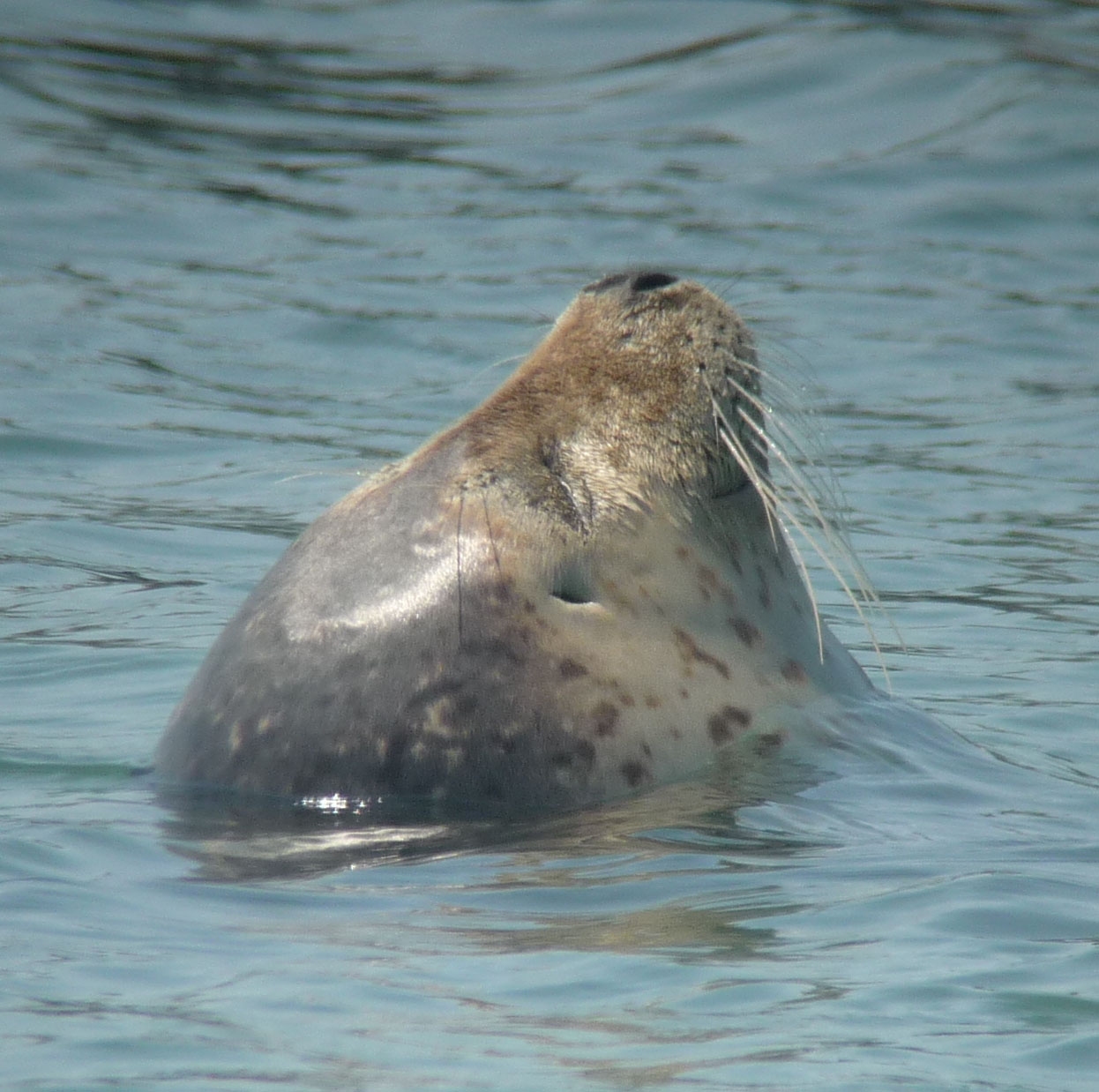
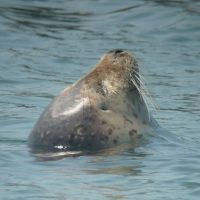
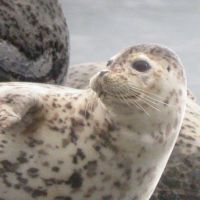
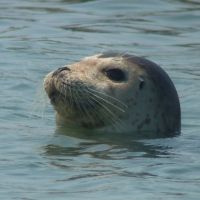
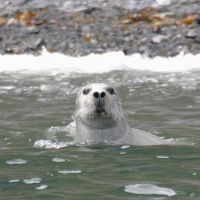














With your current subscription plan you can comment on stories. However, before writing your first comment, please create a display name in the Profile section of your subscriber account page.